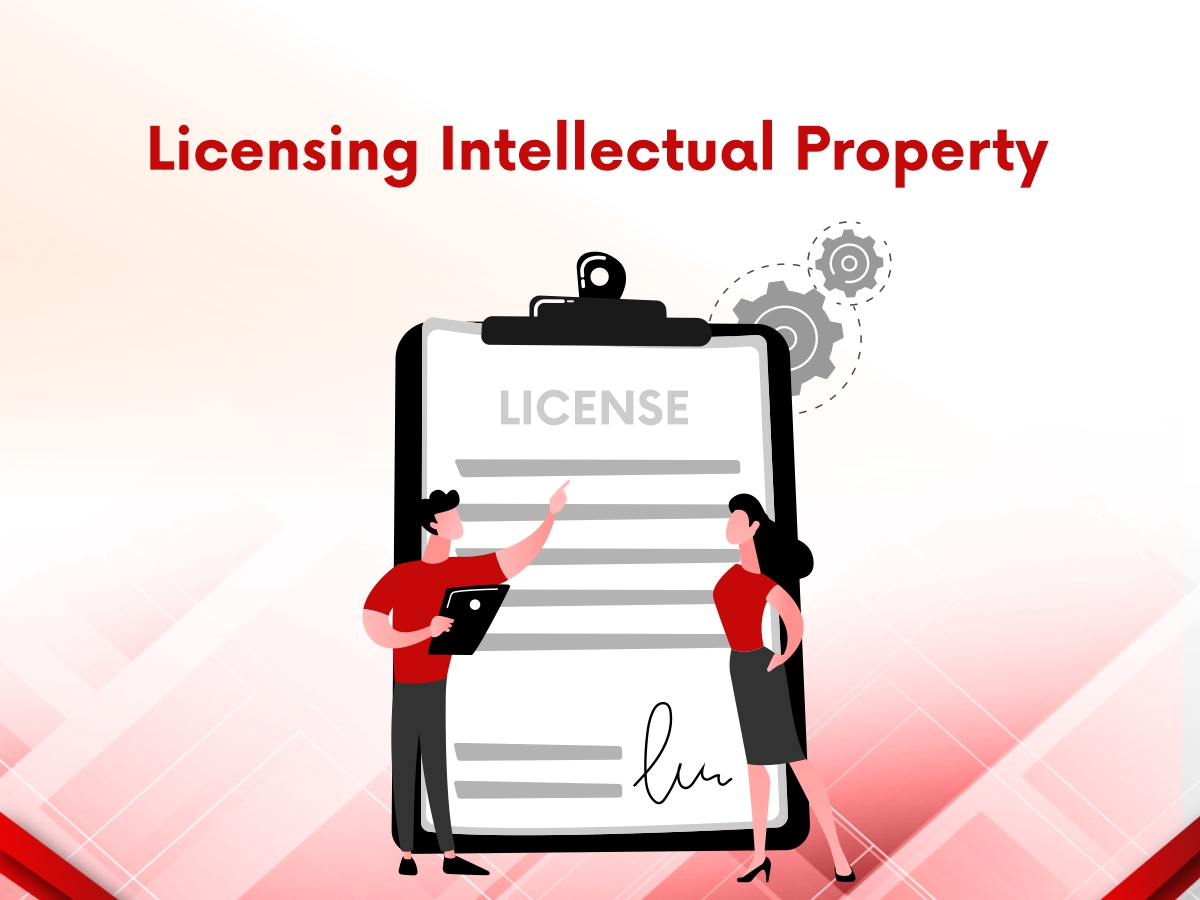
Close


Licensing is frequently the finest and most appealing option to commercialize or profit from one’s intellectual property, especially when dealing with a utility product or manufacturing process. For example, the patent holder has the right to restrict illegal use of protected technology and demand compensation if their IP is infringed.
Many organizations’ growth depends on their ability to drive innovation. Your company will ideally have an R&D engine that creates the new goods and services that drive your expansion. However, you may require outside assistance to help launch new services, bridge a technical gap, or expand into new areas. That’s when it’s a good idea to explore licensing someone else’s intellectual property. An innovator, research institute, a university, or even another firm might be the source of this information.
Before you license some technology, conduct some research to determine whether it is really protected. For this, if you notice there is no accompanying patent or trademark, which implies that you can duplicate or use the invention without any license or investing a value.
It makes sense to approach the IP owner and find a method to create a license agreement if you locate technology or innovation that has an adequate protection and that you feel can offer you a big competitive benefit in the market. The goal is to evaluate whether the technology is sufficient enough to provide an edge to your competition in terms of features or speed. This eventually plays a role in more income, better prices or long-term consumers, that are necessary to aid with technology payment.
The financial conditions of licensing agreements might considerably vary depending on the specific deal. A license agreement may be structured in terms of a one-time up-front payment, fixed license fees payable at defined moments or recurring royalties based on particular basis (such as net sales of any product which integrates the IP) or a mix of these approaches. In the event of royalty payments, a startup licensee may seek negotiations on a sliding royalty rate to reduce the rate as its activities expands.
Furthermore, a startup licensee should be prepared for minimal assurances that a licensor may request, such as a payment of a specific amount if sales, and therefore royalty payments, do not meet a particular level.
The length of time your licensing agreement will be in force is another issue to consider while drafting it. If you’re licensing a patent, for example, you might want to frame the agreement to endure the patent’s entire life. If you’re dealing with a trade secret, on the other hand, you might want to create a loophole in the contract that allows you to back out if a better option becomes available.
Is anybody else gaining access to the same IP? This is a crucial issue to ask before signing any license deal. If this is the case, you may be able to negotiate a significantly lower payment rate. However, if you can get exclusivity over a segment of the market, such as Europe, or in your vertical, it may be worth paying a premium.
The licensee has exclusive rights to utilize and exploit the IP under an exclusive licensing agreement, although this exclusivity is generally limited to a particular parameter. A licensee may have exclusivity in a certain geographic area, a specified field of usage (such as a specific manufacturing technique or distribution channel), or within specific channels of distribution.
Please Subscribe our news letter and get update.
© Copyright 2023 – Wissen Research All Rights Reserved.
Powered by VintageCoders